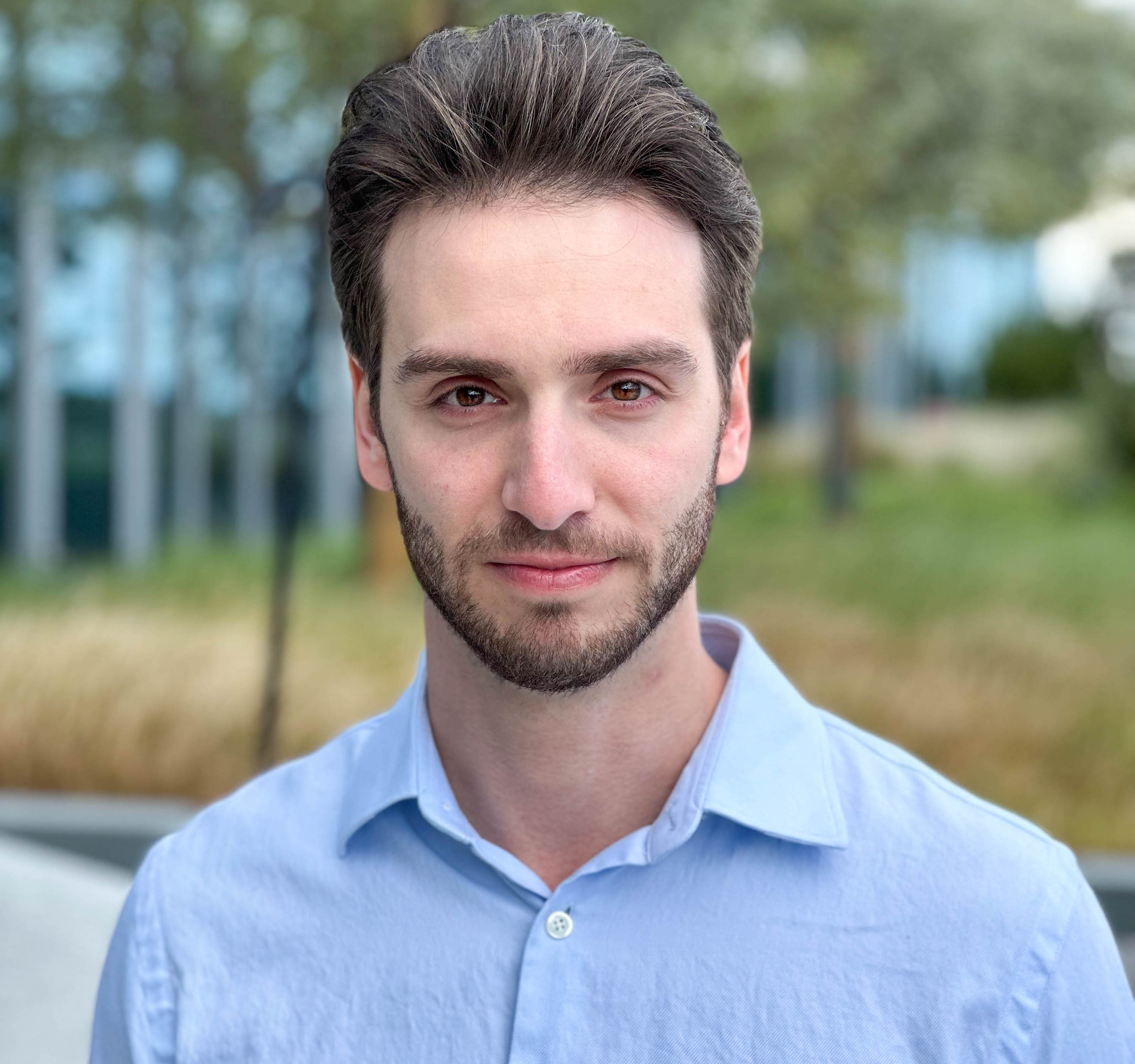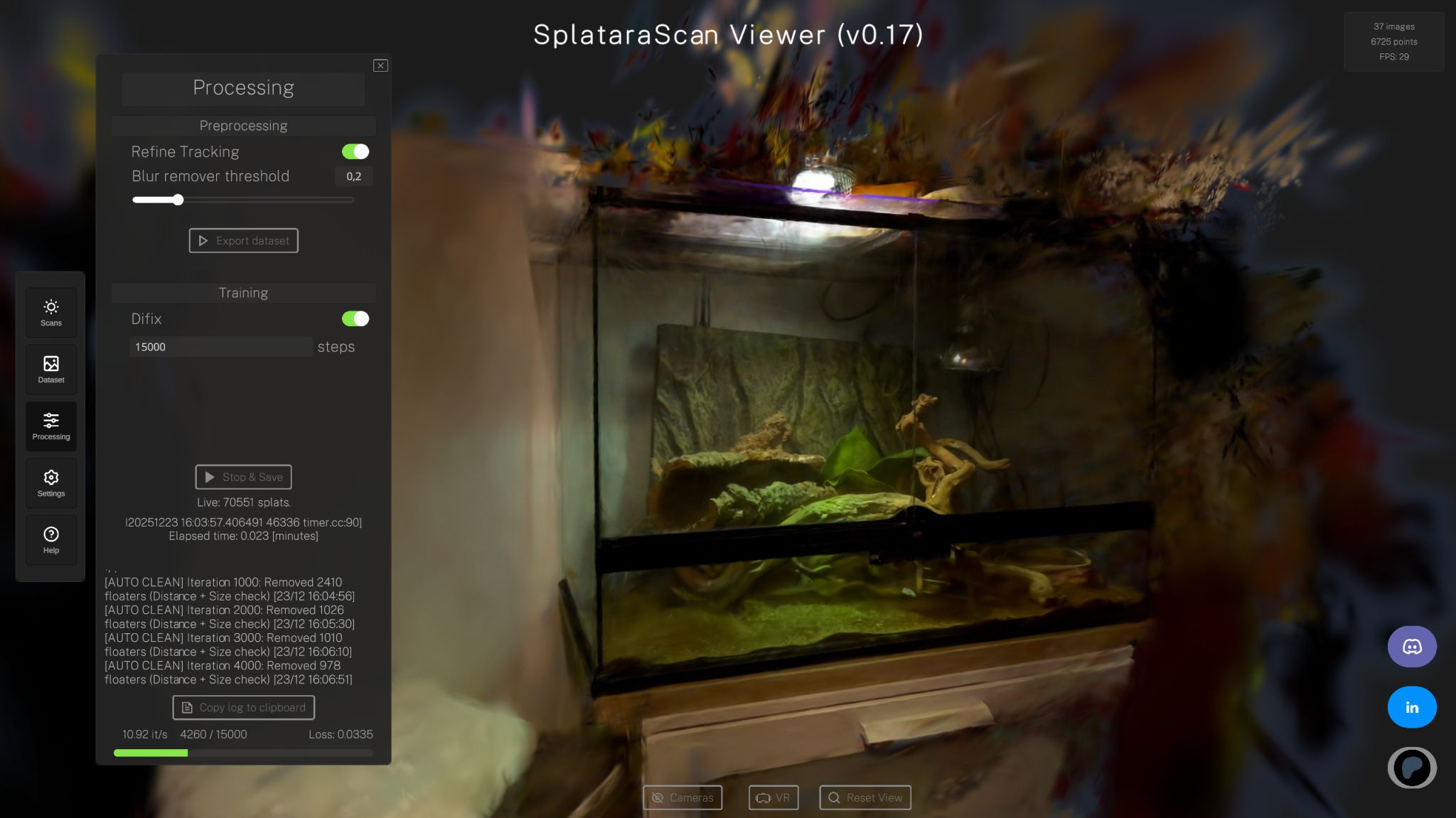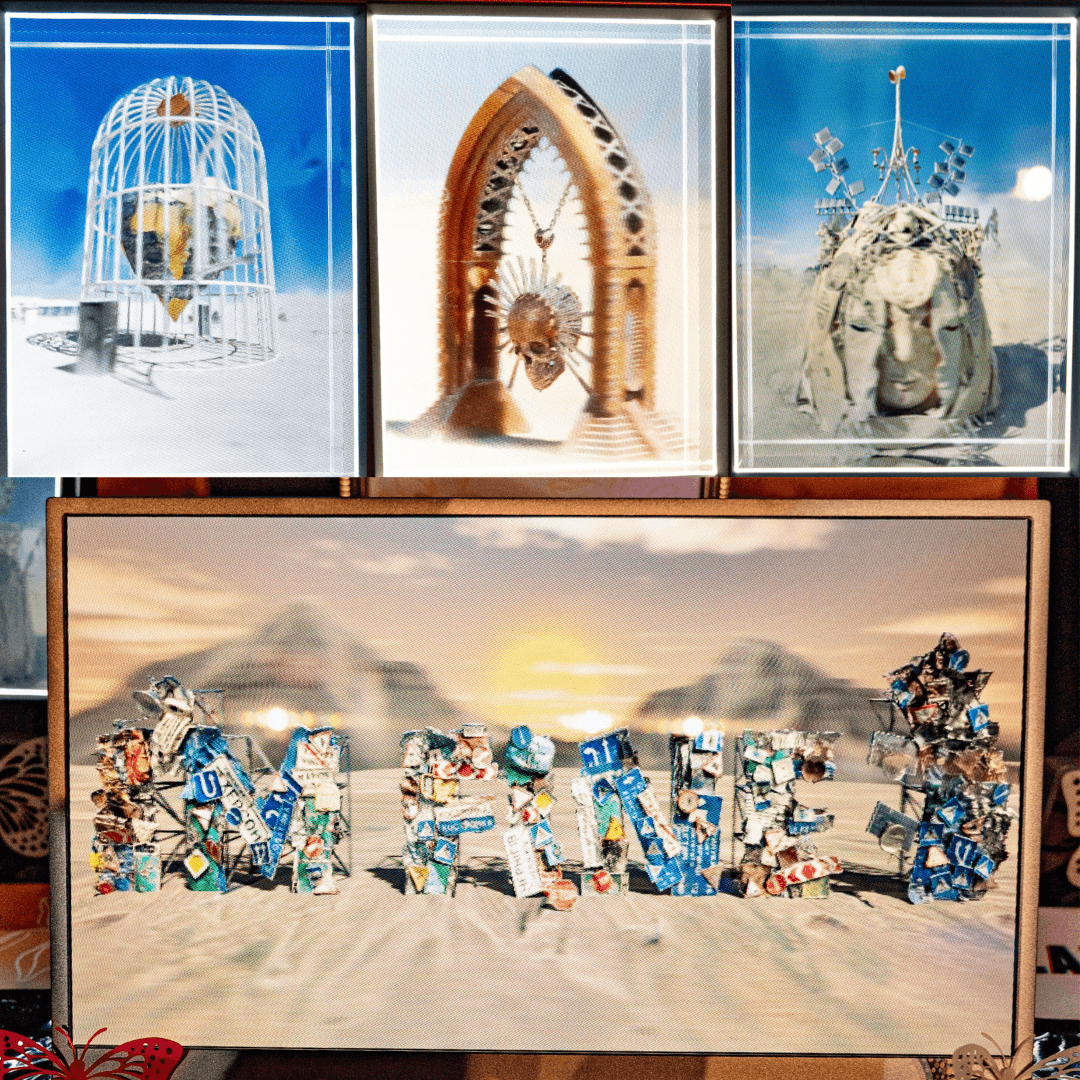
Michael Rubloff
Aug 9, 2024
Everyone's favorite way to clean up their captures is getting a major overhaul with the release of SuperSplat 1.0. PlayCanvas CEO, Will Eastcott tweeted the official update. It's been ten months since the original release of SuperSplat and the PlayCanvas team has continued to roll out release after release.
“We’re thrilled to launch SuperSplat 1.0 today. I have always been a huge advocate of open source as well as the web stack, and SuperSplat is the embodiment of that. This is the 3DGS community’s tool, so don’t be shy. Swing by SuperSplat’s GitHub repository and get involved!”
- Will Eastcott. CEO of PlayCanvas.
As a reminder to everyone, SuperSplat is a free to use editor and visualization tool for Gaussian Splatting files. In order to edit with the platform, you will need a .ply file that has been trained by a Gaussian Splatting platform, like Luma AI, Polycam, or Postshot.
SuperSplat actually makes it pretty easy to clean up your captures and is generally what I use. However, you might not recognize it on first glance with all the updates.
There's a ton to go through here, since pretty much everything has been updated. Users can now find the majority of the tool bar on a floating dock, similar to a Mac menu.

To the upper right of the tool panel is where you can find everything related to viewing the capture, from setting the size of the Centers, to switching the splat visuals on or off.

My favorite thing is right at the top, where you can instantly toggle between Centers and Rings Mode. I tend to flip back and forth and this just helps me speed things up a bit. For those looking for the newly introduced editing histogram, that can be brought up by clicking on the "Splat Data" tab on the bottom left of the screen.
The upper left is the panel where you will bring captures into the editor, save and export them, and also has additional Selection tools.
It's very exciting to see the updates to SuperSplat roll out on a frequent basis. SuperSplat continues to be free with an MIT license and can be accessed here.







